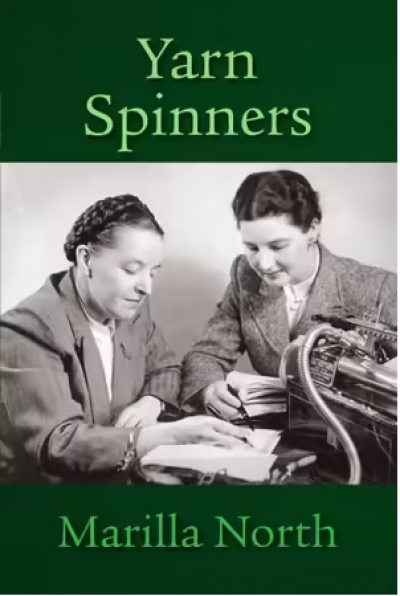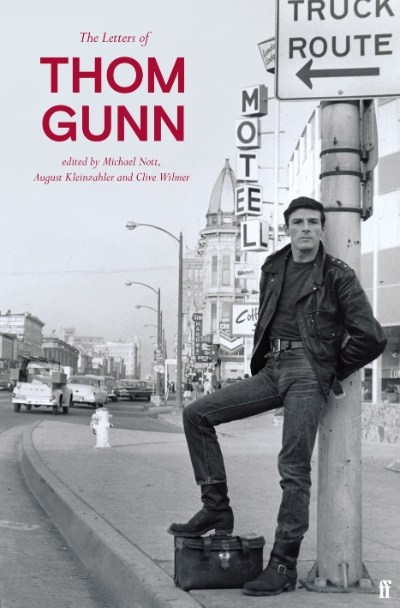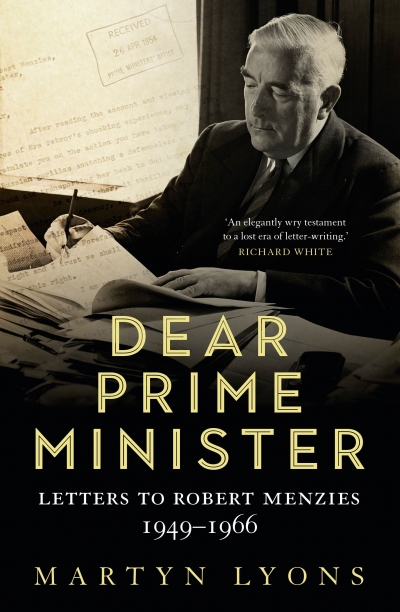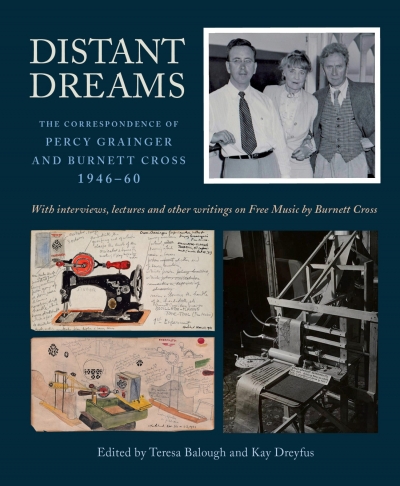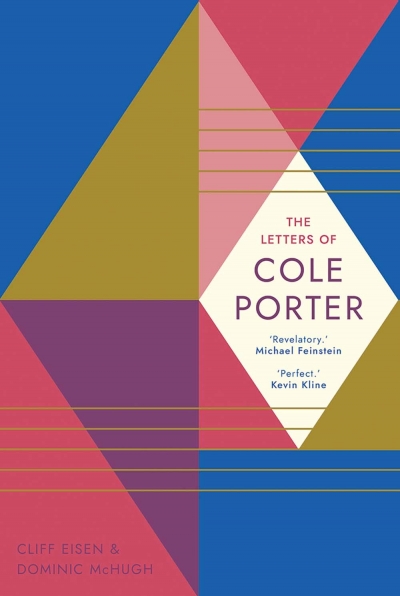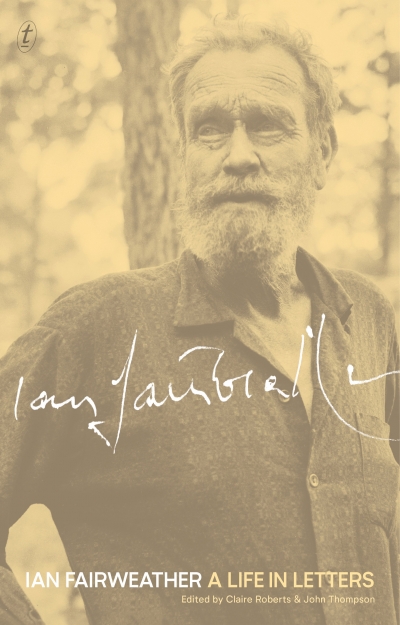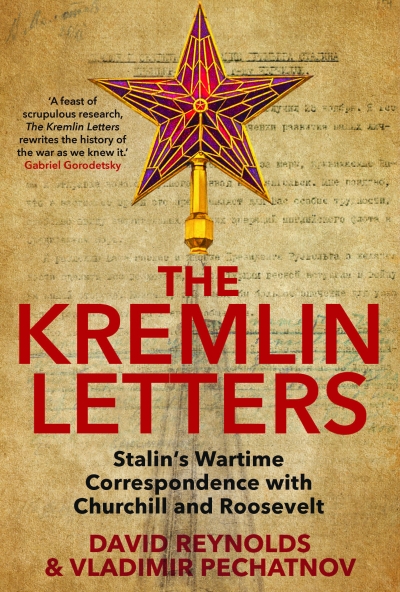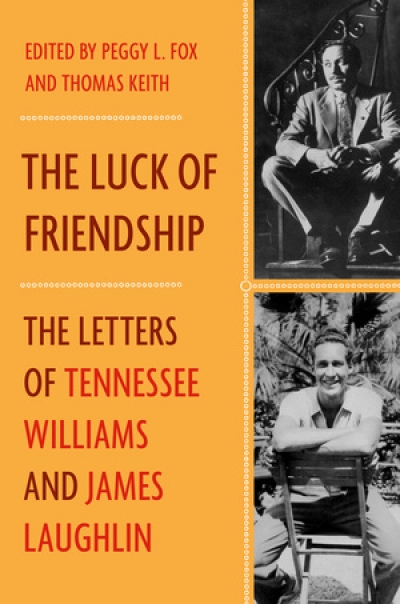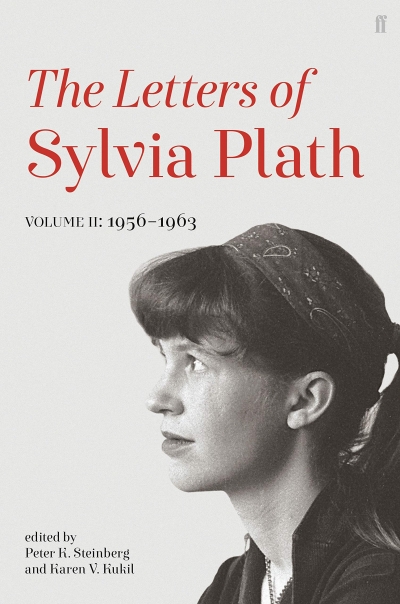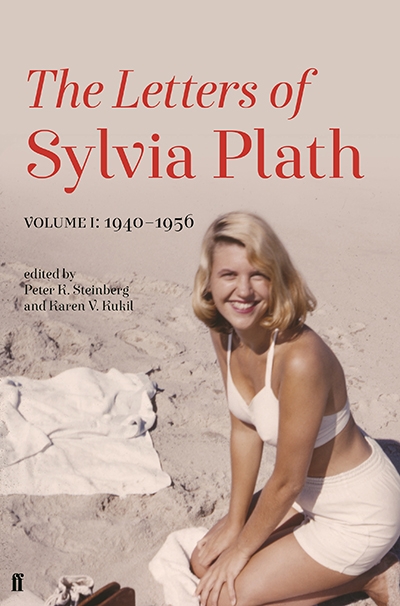Letters
Yarn Spinners: A story in letters edited by Marilla North
'This is a book about friendship and storytelling’, writes Marilla North in her prologue to this artfully arranged selection of correspondence. It begins in 1928 and covers the next twenty-seven years, chronicling the large and small events in the lives of Dymphna Cusack, Florence James, and Miles Franklin, three of Australia’s most vital, fluent, and committed women writers.
... (read more)The Letters of Thom Gunn edited by Michael Nott, August Kleinzahler, and Clive Wilmer
Of the major Anglo-American poets of the previous century, none was more transformed, at least on the surface, by the journey across the Atlantic than Thom Gunn (1929–2004). Travelling in the opposite direction, T.S. Eliot found echoes of his mid-Western emotional repression and discreet anti-Semitism in the England of his era, while W.H. Auden, who carried his world with him, was only mildly affected by his time in America.
... (read more)Dear Prime Minister: Letters to Robert Menzies, 1949–1966 by Martyn Lyons
Letter writing thrives on distance. Out of necessity, in the early years of European settlement, Australia became a nation of letter writers. The remoteness of the island continent gave the letter a special importance. Even those unused to writing had so much to say, and such a strong need to hear from home, that the laborious business of pen and ink and the struggles with spelling were overcome. Early letters reflected the homesickness of settlers as well as their sense of achievement and their need to hold on to a former life. It’s possible to see the emergence of a democratic tradition of letter writing in those needful times. Rich or poor, well educated or semi-literate, they all felt the urge to connect.
... (read more)Distant Dreams: The correspondence of Percy Grainger and Burnett Cross, 1946–60 edited by Teresa Balough and Kay Dreyfus
Compiling a selection of letters for publication is a vexing task. Inclusions and exclusions tend to satisfy only the editors. Specialist readers will inevitably find their particular interests inadequately represented, while others will find material included to be offensive or inappropriate. The success of this volume has been secured partly because both editors have worked on books of Grainger letters before: Teresa Balough with Comrades in Art: The correspondence of Ronald Stevenson and Percy Grainger, 1957–61, and Kay Dreyfus with her ground-breaking volume The Farthest North of Humanness: Letters of Percy Grainger, 1901–1914. Also, only 181 letters between Cross and Percy and Ella Grainger were available, which minimised the scale of the cull. The editors chose to exclude seventy letters, the quotidian content of which immediately flagged their redundancy.
... (read more)The Letters of Cole Porter edited by Cliff Eisen and Dominic McHugh
Sometime in the early 1970s – his health poor, his country’s no better – the English composer Benjamin Britten asked his good friend and publisher Donald Mitchell to write his biography, imploring him to tell the truth about his long-term relationship with the tenor Peter Pears. In the ten years that followed Britten’s death in 1976, Mitchell amassed thoughts and notes, all the while deflecting the common query among friends and those outside the hallowed circle, ‘How’s the biography going?’
... (read more)Ian Fairweather: A life in letters edited by Claire Roberts and John Thompson
Artist, hermit, instinctive communicator, a nomad who built studio nests for himself all over the globe, Ian Fairweather is a consistent paradox – and an enduring one. In an art world of fragile and fluctuating reputations, his work retains the esteem with which it was received – by his peers – when he landed in Australia in 1934 and, with their help, exhibited almost immediately. His way of life – eccentric, solitary, obsessive – was extraordinary then, and continued so until his death in 1974. Success never sanded off his diffident, abrasive edges. When presented with the International Cooperation Art Award in 1973, he mused, in a letter to his niece, Helga (‘Pippa’) Macnamara:
... (read more)The Kremlin Letters: Stalin’s wartime correspondence with Churchill and Roosevelt edited by David Reynolds and Vladimir Pechatnov
Joseph Stalin wanted this wartime correspondence published, and one can see why: he comes off best. As the authors comment, ‘the transcript of the Big Three meetings demonstrates Stalin’s careful mastery of the issues and his superior skill as a diplomatist, regularly keeping his silence but then speaking out in a terse and timely manner at key moments’. He is ...
The Luck of Friendship: The letters of Tennessee Williams and James Laughlin edited by Peggy L. Fox and Thomas Keith
The tall, handsome, socially adept if emotionally reticent scion of a wealthy, well-connected family and the crumpled, physically unimpressive, excitable son of an alcoholic travelling salesman seem to be an unlikely pair to form a long-standing friendship. For both James Laughlin and Thomas Lanier ‘Tennessee’ Williams ...
... (read more)The Letters of Sylvia Plath Volume 2: 1956–1963 edited by Peter K. Steinberg and Karen V. Kukil
Sylvia Plath wrote her last letter to the American psychiatrist Dr Ruth Beuscher a week prior to her suicide on 11 February 1963. In it, Plath castigates herself for being guilty of ‘Idolatrous love’, a concept she drew from psychoanalyst and philosopher Erich Fromm’s The Art of Loving. ‘I lost myself in Ted instead of finding myself ...
... (read more)The Letters of Sylvia Plath: Volume 1: 1940-1956 by Peter K. Steinberg and Karen V. Kukil
‘A letter always seemed to me like immortality because it is the mind alone without corporeal friend,’ wrote Emily Dickinson. Yet part of the lure of letters – and life writing generally – is a sense of the corporeal, the promise of discovering the writer herself. As Jacqueline Rose suggests, writing about biography and ...
... (read more)

